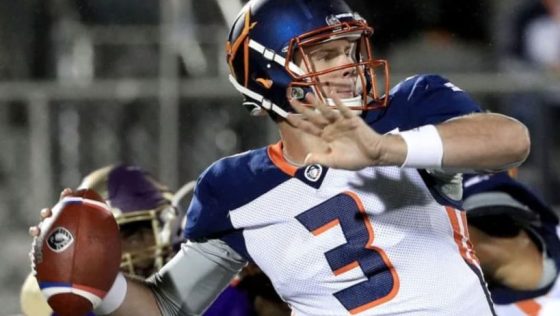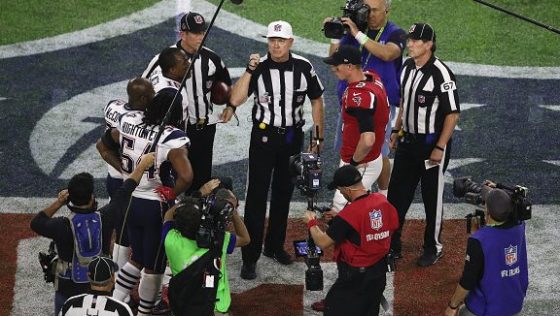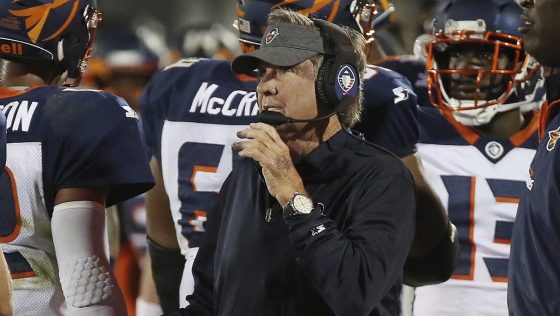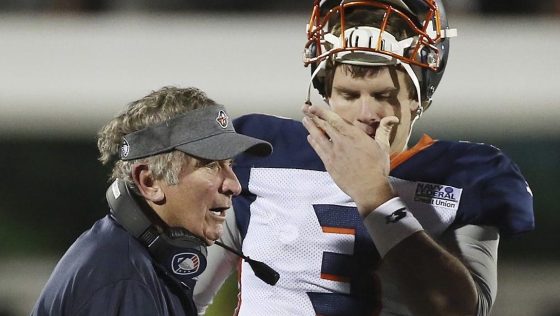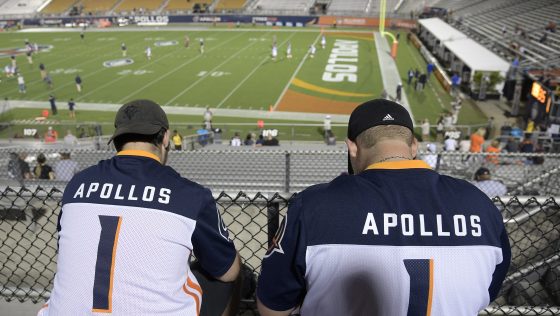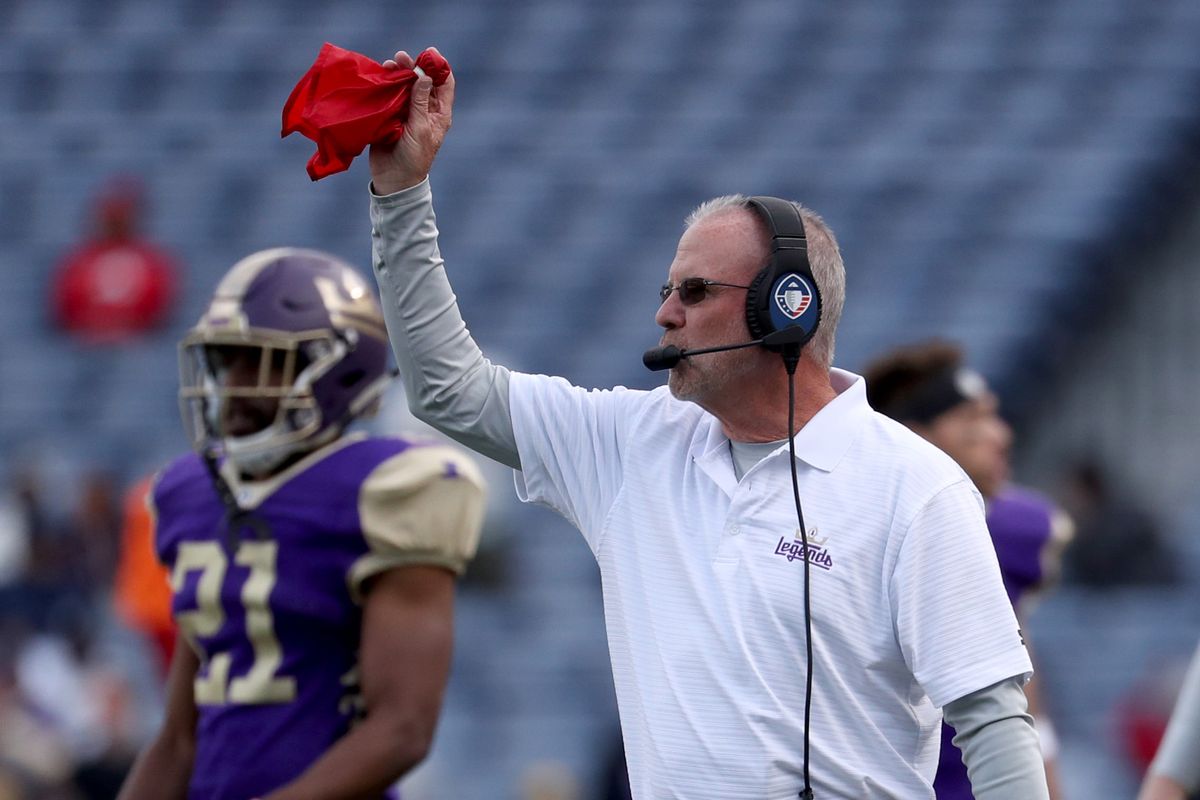- Sep 6, 2005
- 144,886
- 94,761
- AFL Club
- Fremantle
- Thread starter
- #251
Johnny Manziel won’t start Sunday, but he’s ready “right now”
Posted by Charean Williams on March 22, 2019, 10:50 PM EDT

Getty Images
Johnny Manziel won’t start Sunday for the Memphis Express. Instead, Brandon Silvers will make his first career start in the Alliance of American Football, the third starting quarterback for the Express this season.
Manziel, though, took the second-most reps behind Silvers this week.
“I think he’s ready right now, just because he knows so much of our offense right now,” co-offensive coordinator Bobby Blizzard said, via Dylan Rubino of The Alliance. “He’s building chemistry already with the weapons we have and the offensive line. He’s familiar with everything that we do. If he gets in the game, I will call a play that he’s familiar with.”
Blizzard adopted some of Kevin Sumlin’s offense from Texas A&M when Manziel won the Heisman Trophy, so the quarterback didn’t have to learn to speak a second language.
“I mentioned the type of offense I ran, shouted some of the terminology I use, and his eyes lit up,” Blizzard said. “He was calling out the plays before I even said anything. I looked at coach [Mike] Singletary and gave him a thumbs up.
“[Manziel] probably knew 75-to-80 percent of the offense before he even took a snap at practice.”
Manziel said his “firm foundation” of the offense will serve him well if called upon Sunday.
Posted by Charean Williams on March 22, 2019, 10:50 PM EDT
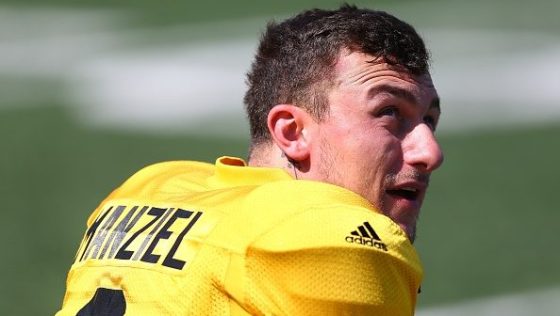
Getty Images
Johnny Manziel won’t start Sunday for the Memphis Express. Instead, Brandon Silvers will make his first career start in the Alliance of American Football, the third starting quarterback for the Express this season.
Manziel, though, took the second-most reps behind Silvers this week.
“I think he’s ready right now, just because he knows so much of our offense right now,” co-offensive coordinator Bobby Blizzard said, via Dylan Rubino of The Alliance. “He’s building chemistry already with the weapons we have and the offensive line. He’s familiar with everything that we do. If he gets in the game, I will call a play that he’s familiar with.”
Blizzard adopted some of Kevin Sumlin’s offense from Texas A&M when Manziel won the Heisman Trophy, so the quarterback didn’t have to learn to speak a second language.
“I mentioned the type of offense I ran, shouted some of the terminology I use, and his eyes lit up,” Blizzard said. “He was calling out the plays before I even said anything. I looked at coach [Mike] Singletary and gave him a thumbs up.
“[Manziel] probably knew 75-to-80 percent of the offense before he even took a snap at practice.”
Manziel said his “firm foundation” of the offense will serve him well if called upon Sunday.




